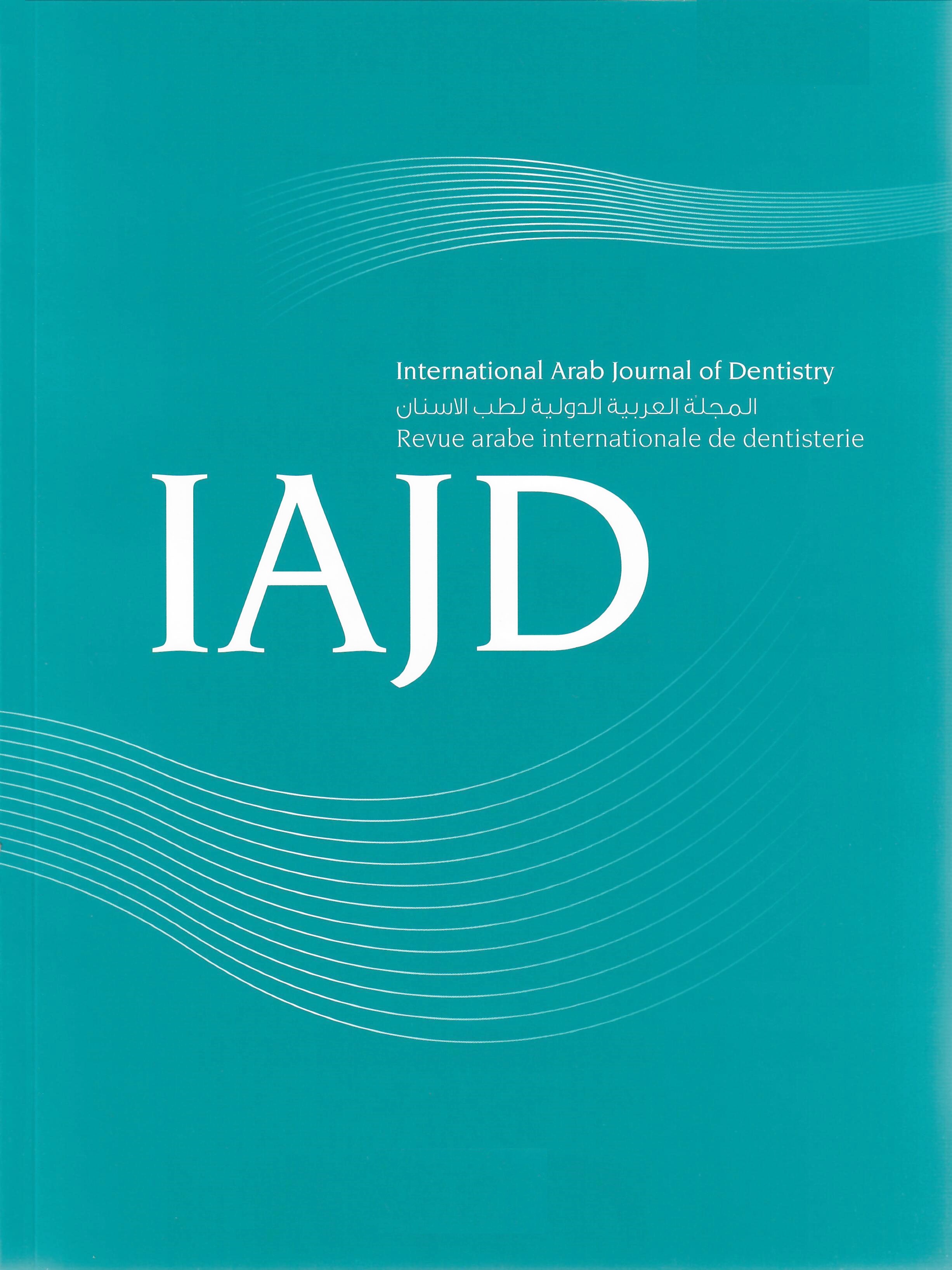Abstract
This study was conducted to compare apical transportation and centering ability to the major foramen after instrumentation and overinstrumentation with M-wire Reciproc® 25 and WaveOne® primary in severely curved canals of extracted teeth. Thirty mesiobuccal root canals of extracted mandibular and maxillary molars,
with a major foramen width less than size 20 and angles of curvatures between 20º and 40º, were prepared with M-wire Reciproc® 25 or WaveOne® primary to the foramen and 1 mm beyond the foramen. Digital images of the apical foramen before and after instrumentation and overinstrumentation were taken with a digital
camera (Olympus, E330, DC 7.4V) coupled with a stereomicroscope (Olympus, CX41, E330, Japan). Each image taken after the instrumentation of the foramen was superimposed on the preliminary image using a CS3 extended Adobe Photoshop program (San Jose, CA, USA). Apical transportation and centering ability were calculated using an AutoCAD program (Autodesk, Software, USA) in the direction of maximum curvature. Repeated measured analyses of variance followed by univariate analyses were conducted. No significant difference was observed after the use of M-wire Reciproc ® 25 or WaveOne® primary to the working length
(p > 0.05). The M-wire Reciproc® 25 had a higher mean value for transportation and a lower mean value for centering ability (p < 0.05) than the WaveOne® primary when they were used 1 mm beyond the foramen. M-wire Reciproc® 25 and WaveOne® primary were safe to use to the foramen. After overinstrumentation, M-wire Reciproc® 25 produced higher transportation of the major foramen than WaveOne® primary.

